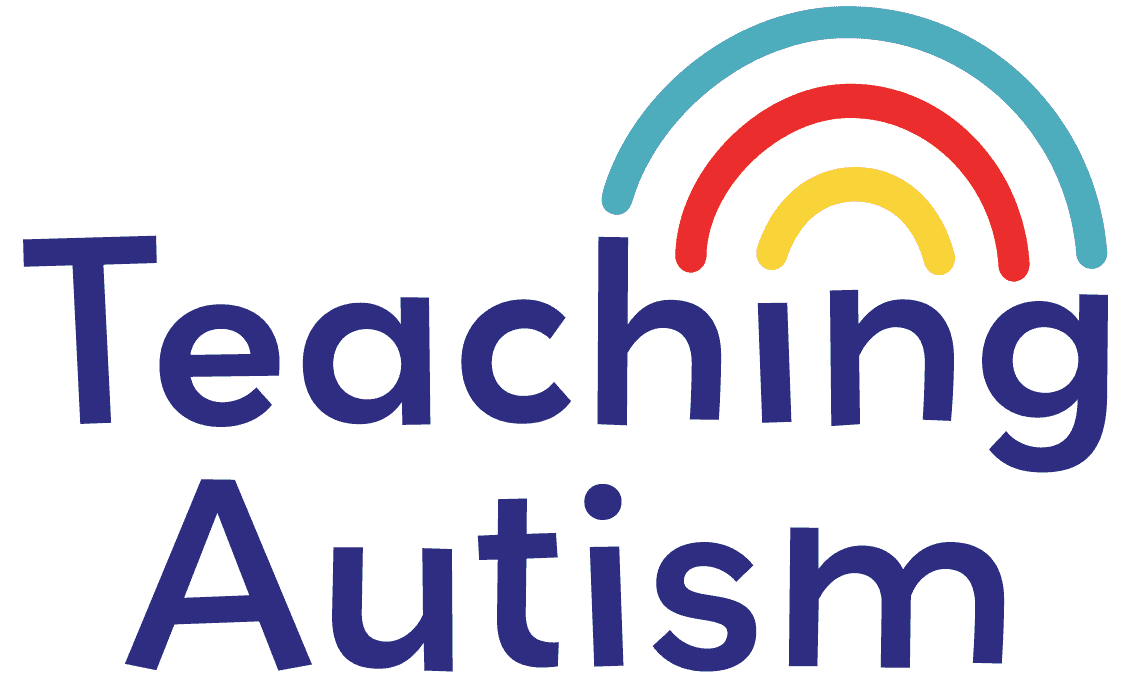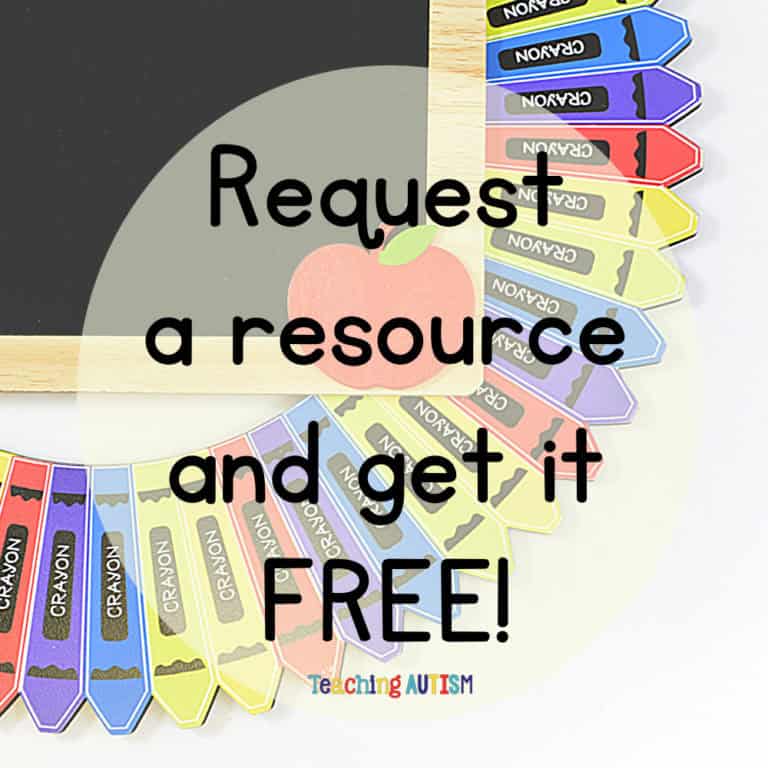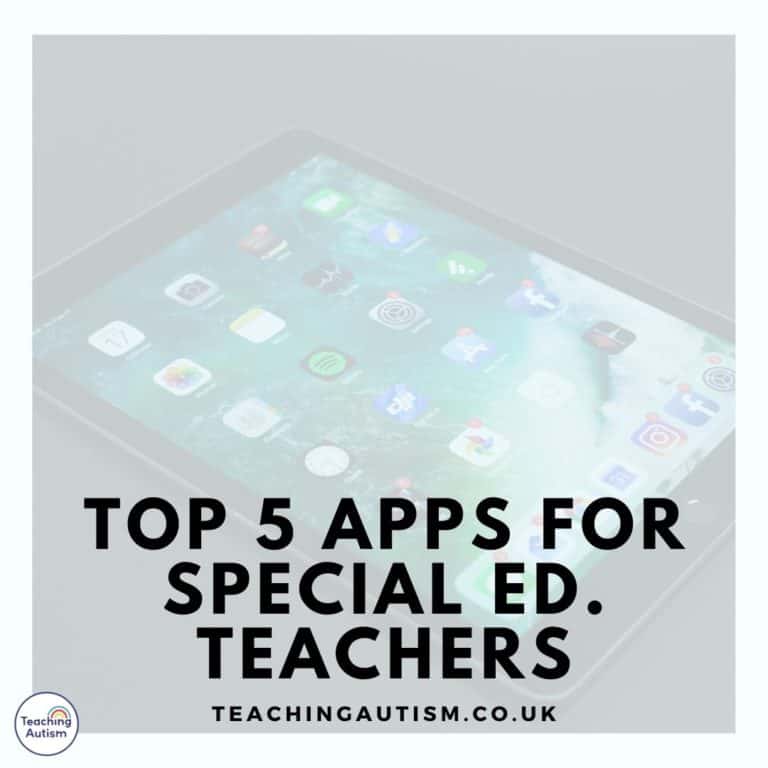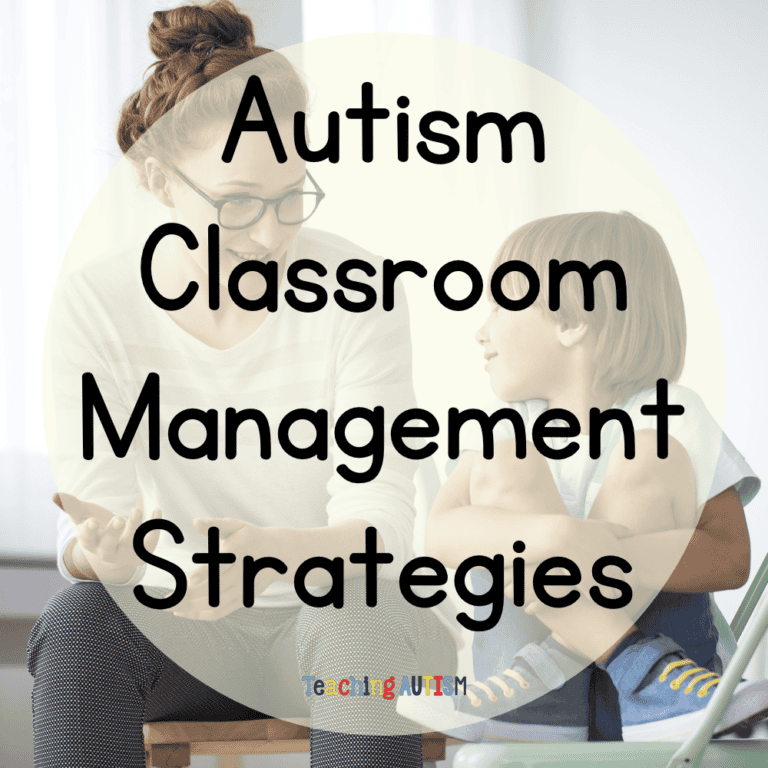What’s The Best Way To Set Up A Self-Contained Classroom?
If you’ve been sat wondering, ” What’s the best way to set up a self-contained classroom? ” Then you’re in the right place!
Setting up a self-contained classroom can feel a bit like trying to assemble IKEA furniture with no instructions… while blindfolded… and being asked to do cartwheels at the same time.
You want your room to be calm, functional, supportive, and engaging, but how do you actually do that when you’re working with students who have wildly different needs, energy levels, sensory preferences, and learning goals?
Don’t worry. I’ve been there (and made all the mistakes so you don’t have to). Let me walk you through the setup process in a way that’s manageable, practical, and totally do-able, even if your classroom currently looks like a storage unit exploded.
This blog post may contain affiliate links. This means that if you purchase an item through my affiliate link, I may receive a % of commission at no extra cost to you. This helps support me, my family and my blog to bring you great content for free!
First, What Even Is a Self-Contained Classroom?
Just in case you’re new to this world, a self-contained classroom typically serves students with higher or more complex support needs. These classes often have fewer students, more adult support, and a highly individualized approach to learning.
You might be teaching reading, math, life skills, social skills, sensory regulation, and behavior supports, all in one day. (I know. Trust me.)
So how do you set up a space that supports all of that without losing your mind?
Let’s dive in.
Step 1: Define Your Zones
Before you even start hanging up posters or unpacking your bins, think about what areas your students will actually need.
Some core zones I always recommend:
- Group Instruction Area – Rug or table space for morning meeting, circle time, calendar, etc.
- Independent Work Station – Quiet, structured space for students to work solo with minimal distractions (hello, task boxes!).
- Break/Sensory Area – A calm, cozy space where students can regulate when they’re feeling overwhelmed.
- Play/Free Time Area – Yes, play matters! It’s where we build language, social interaction, and creativity.
- Teacher/Adult Area – Somewhere you can store lesson plans, reinforcers, emergency coffee stash, etc.
Pro tip: Use shelves, rugs, dividers, furniture, or even painter’s tape on the floor to define each zone clearly. Students thrive with visual boundaries.
Step 2: Think About Flow
Okay, now that your zones are mapped out, it’s time to think like a traffic controller.
Ask yourself:
- Can students move through the room without bumping into each other (or furniture)?
- Is the sensory area far enough from the noisy zones?
- Will students who need 1:1 support have space to work quietly?
You want the flow of your classroom to reduce anxiety, not create it. Try walking through a “typical day” in your mind and physically move through the space. It’s amazing what you’ll catch when you do this (like realizing your break area is right next to the noisy music area). If you can’t imagine it, ask your assistant(s) to help you out. All act out what it will look like and see if you can all identify anything that maybe needs adjusting.
Step 3: Create Structure Within Each Zone
Now it’s time to zoom in on each zone and ask:
What visual supports, tools, or routines will students need to be successful here?
Independent Work Station:
- Use a left-to-right work system (e.g., “To Do” → “Doing” → “Done” bins)
- Add a visual mini-schedule for that station
- Use task boxes, adapted binders, or file folders your students can work through on their own
Break Area:
- Include visuals for break choices (weighted lap pad, fidget, beanbag, headphones)
- Add a “How do I feel?” check-in chart to help students recognize and label emotions
- Make it cozy and calm, think dim lighting, soft textures, neutral colors
Group Area:
- Post a clear visual schedule for the day
- Include core vocabulary or communication supports
- Keep fidgets or wobble cushions nearby for students who need them
Step 4: Build in Communication Supports
A neuro-affirming classroom recognizes that all communication is valid, and that our job is to make communication accessible.
Here’s how to build that in:
- Core vocabulary board on the wall or student desks
- First–then visuals to support transitions
- Choice boards for everything from snacks to calming strategies
- AAC access at every station (not just in speech therapy!)
Remember: If a student needs visual or AAC support in one part of the day, they need it everywhere.
Step 5: Design for Independence (Even If It’s Tiny)
One of your biggest goals might be helping students develop independence, but that doesn’t mean giant leaps. Tiny wins count too.
Set up your classroom so students can do things on their own as much as possible:
- Label bins with pictures + words
- Use color coding for student materials
- Add visuals to routines (e.g., “How to Pack My Backpack” or “How to Ask for Help”)
Independence isn’t one big skill, it’s dozens of tiny ones. Your classroom can build those skills every single day.
Step 6: Keep Decor Calm + Purposeful
I know it’s tempting to go full Pinterest explosion with your walls, but trust me: less is more in a self-contained classroom.
Stick to:
- Calm, neutral(ish) color schemes
- Functional visuals that support learning
- One display per wall area (e.g., a calendar, a classroom rules chart, or student work. but not all three in one spot)
We want our classroom to feel like a safe, regulated space, not a sensory overload.
Bonus Tip: Be Ready to Change Everything (And That’s Okay)
Here’s the truth: You’ll set up your classroom in August and completely rearrange it by October. And again in January. And maybe again two weeks later.
That’s not failure. That’s good teaching.
Self-contained classrooms grow and shift with the students inside them. As needs change, so should your setup. And sometimes, those needs can change throughout the school year too!
Want a Shortcut?
If you’re setting up your classroom and wondering where do I even start?
I’ve got just the thing. My Autism Classroom Training is packed with practical, neuro-affirming strategies that walk you step-by-step through setting up your environment, building routines, supporting communication, managing behavior, and SO much more.
It’s like having me in your back pocket while you prep your classroom, without the overwhelm.
👉 Click here to check it out.
And don’t forget, you can still grab loads of helpful visuals and freebies from my Free Resource Library too!
Make It Work for Your Kids
There’s no one-size-fits-all layout for a self-contained classroom, and that’s the beauty of it. Your students are unique. Your space will be too.
So start with what you know, build in the supports they need, and be kind to yourself in the process. It doesn’t have to be Pinterest-perfect. It just has to work for the kids in your room.
And hey, if all else fails, add a beanbag, some soft fairy lights, and a few laminated visuals. Works like a charm!
Helpful Links
- Online Training for Special Educators
- What to Do When a Routine Changes Unexpectedly
- Classroom Set Up Bundle of Resources- EVERYTHING YOU NEED!
- My Classroom Schedule
- Using Schedules in the Classroom
My Autism Classroom Favorites
Click below to find my Amazon classroom favorites;
*Affiliate Disclosure: These links contain affiliate links. This means I may earn a small commission—at no extra cost to you—if you click through and make a purchase. I only recommend resources I genuinely love and think you’ll find helpful!
If you found this blog post helpful, please consider sharing it with your friends and colleagues on social media, it helps more teachers find support, and it means the world to me and my little family too.
And if you haven’t already, be sure to check out my Free Resource Library for tons of classroom tools, visuals, and printables to make your teaching life easier (and a whole lot more fun!).
P.S. Have you signed up for my VIP membership yet? If not, head on over and sign up now. You’ll get access to hundreds and hundreds of resources, templates, crafts and more being uploaded every month!
Nikki








One Comment